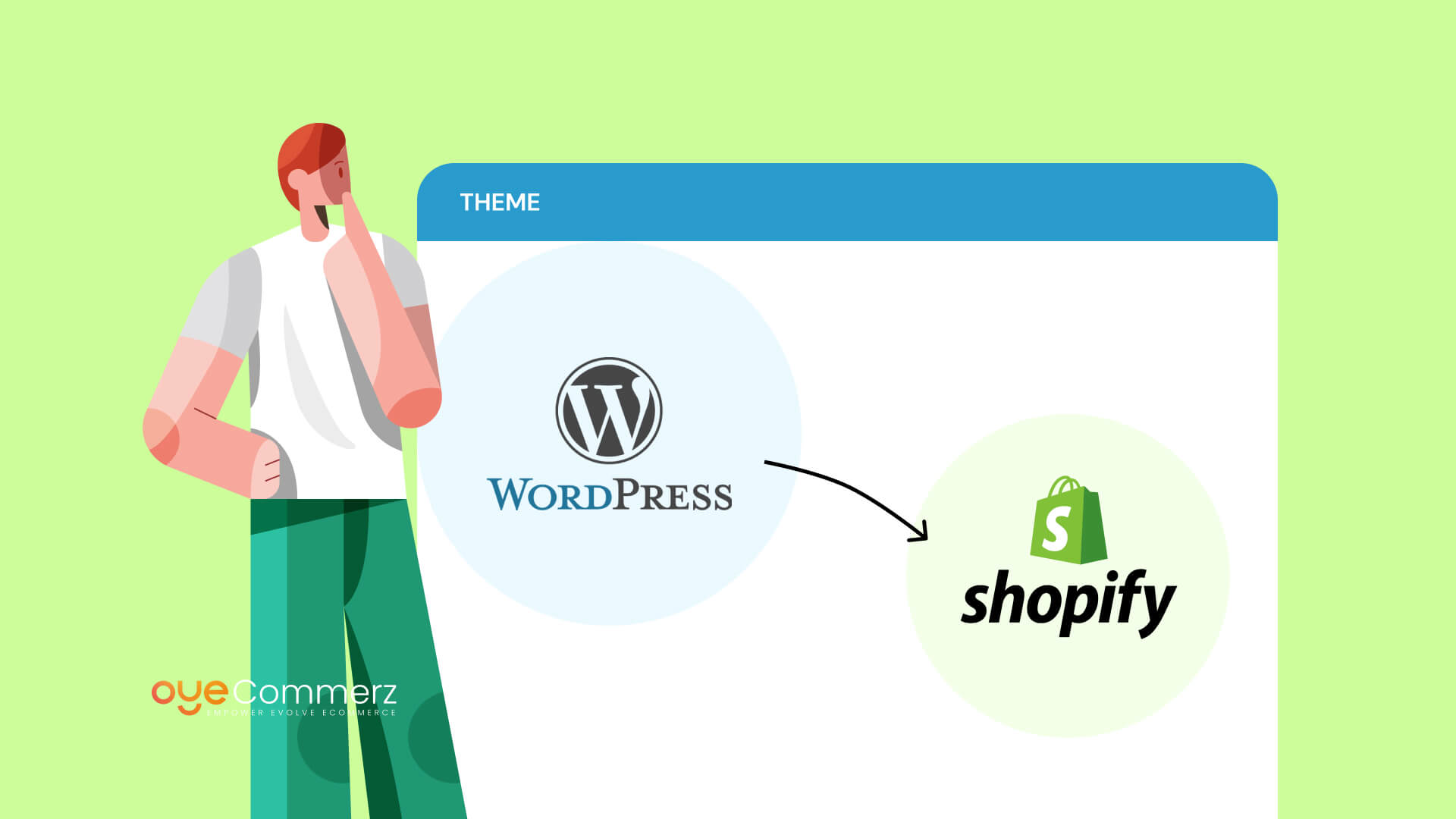Transitioning from WordPress to Shopify marks an promising step toward streamlining your online store processes. As companies expand, choosing a solution that aligns with growth potential, UX, and customization is essential. Shopify has emerged as a preferred choice for e-commerce professionals, offering superior flexibility, data protection, and user-friendliness. In this guide, we’ll explore the transformative impact of this migration, highlight the benefits, and share actionable steps to facilitate a seamless move.
1. Why Migrate from WP to Shopify?
The combination of WordPress and WooCommerce, has served countless e-commerce platforms. However, as companies scale, challenges like reliance on plugins, data risks, and complex setups often obstruct growth. Shopify, designed explicitly for e-commerce, eliminates these concerns with an comprehensive, user-friendly solution. Statistics supports this shift—Shopify hosts over 4.4 million websites globally, with a documented 10% boost to sales performance for many businesses after migration.
2. Shopify's Advantages for Thriving Online Stores
Shopify’s robust ecosystem caters for scaling businesses. Its notable benefits include:
- Effortless Design Flexibility: Shopify offers over 80 expertly crafted themes.
- Integrated Tools: Capabilities such as Shopify Payments and built-in SEO streamline operations.
- Global Reach: Multi-currency support and regional customization empower businesses to expand internationally.
Additionally, Shopify delivers an availability percentage of 99.98%, ensuring your website is always operational.
3. Preparing for WordPress to Shopify Migration
Prior to starting the migration process, evaluate your existing setup. Review product data, client information, and SEO performance. Resources such as Shopify’s Migration Kit or external tools help ease the transition. Develop a detailed strategy, making sure all resources—item details, images, and articles—are optimized for transfer.
4. The Importance of Accurate Data Migration
Data migration forms the foundation for a smooth transition. When moving from WordPress to Shopify, prioritize:
- Product Information: SKU, item summaries, and groupings.
- Client Information: Emails, purchase records, and preferences.
- SEO Optimization: Preserve meta tags, URLs, and forwarding paths to avoid SEO losses.
Use tools such as LitExtension to streamline data transfer while minimizing errors.
5. Tailoring Your Shopify Store to Fit Your Brand
After the move, personalizing your Shopify store helps it reflects your business identity. Utilize Shopify’s drag-and-drop editor to design pages effortlessly. Shopify's themes are mobile-responsive, ensuring a smooth user experience across devices—a key point, since 74% of online shopping is generated by mobile visitors.
6. How to Protect Your SEO Rankings When Switching Platforms
Search engine optimization is crucial for maintaining your visibility during migration. Shopify is highly optimized for search engines with organized link formatting, built-in optimization tools, and seamless blog integration. Ensure:
- Set up URL forwarding for old URLs.
- Optimize new pages with keyword-rich content.
- Use Shopify's apps Plug in SEO to track analytics after the switch.
7. Essential Tests After Migrating to Shopify
Once the migration is complete, run detailed checks.
Review: - Website speed (Shopify delivers faster speeds in contrast with WordPress).
- Payment integration reliability and transaction flow.
- Adaptability across devices.
Quality assurance guarantees your Shopify migration services store provides a seamless shopping experience from the start.
8. Case Study of a Successful Migration
An example of effective platform switching is Gymshark, a fitness apparel brand that transitioned to Shopify. Post-migration, the company experienced a 60% increase in mobile sales and significantly lowered site downtime. This highlights the potential of Shopify in driving e-commerce growth.
9. Challenges and Solutions
Migration is not without obstacles, such as data integrity and adjusting tailored features. However, Shopify’s extensive assistance and external professionals make overcoming these hurdles manageable. Collaborating with qualified Shopify developers ensures a trouble-free transition.
10. Making the Switch: The First Step Toward Success
Migrating from WP to Shopify represents a forward-thinking decision to e-commerce. By focusing on growth, simplifying management, and enhancing the customer experience, Shopify enables companies to succeed in competitive WordPress to Shopify migration markets.
Final Thoughts
Transitioning from WordPress to Shopify is a strategic move that can greatly enhance your e-commerce success. With a well-structured strategy, the appropriate resources, and expert support, you can unlock new success milestones.
Excited to start the journey? Let’s discuss how our Shopify migration services can revolutionize your e-commerce platform. Contact us now, or ask yourself: Can your business afford to miss out on Shopify’s growth potential?
